This weekend I swam about 7k (7.2 in total over 2 swims), and as with my swimming I continuously practice my photography, so here’s a bit more speedlight play:
Basically I’ve been seeing what I can eek out of the speedlights for those moments when the Bowens strobes aren’t in the car; deliberately low tech if you like.
What’s he on about I hear you say?
The Nature of Photographic Lighting
Light is all in photography, it’s in the name. We can either work with what we’ve got, which generally entails working round it, reacting to what’s there and maybe controlling it; or we can bring our own.
In a studio, particularly if it’s dark we start from scratch and generally we use relatively powerful flash sources known as strobes (Other light sources are increasingly available in particular continuous light sources), we pretty much have total control. The big light modifiers such as softboxes can make a soft light – similar to window light on an overcast day – but, if you have a large enough studio and move them far enough away the quality of the light becomes less soft. Other reflectors such as beauty dishes give a stronger light for more sculptural effect.
Smaller, frequently camera mounted, light sources are known as speedlights. The name refers to the duration of the flash which is (even in today’s market) typically faster than the duration of a strobe. However when mounted on the camera a speed light will not immediately offer a great quality of light but we can work on that.
Improving the Quality of Light From a Speedlight For Portraits
The first thing to do is to get the flash away from the camera and place it where we want it to be. Increasingly these flash systems are complex devices and will talk to the camera remotely either by radio or IR. The next thing to do is to modulate the nature of the light coming from them and the ideal way to do that is with similar modifiers to those that we may already use in the studio.
There are a couple of caveats though:
- Speedlights aren’t generally as powerful as strobes and the modifiers themselves reduce the effective output of the flash.
- Speedlights don’t recharge as quickly as strobes.
Nowadays the boundaries with photographic lighting are blurred. I have a battery pack for my strobes though it’s a chunk to haul around, and my speedlights at over £350 each are not a lot less to buy than a considerably more powerful though less sophisticated studio head. Increasingly there are portable and powerful light sources that offer in many ways the best of both.
For now though my task as I said is to get the best out of what I may well have in my bag or the car at any time. This will generally be a number of speedlights, maybe a couple of cheap collapsable softboxes with stands and a reflector or two.
Yongnuo Radio Triggers
For this series of shots I’ve used three speedlights running manually through the Yongnuo 622 trigger system and various modifiers. Although the Nikon SB910 speedlights have a built in communication system it is based on IR and as such can get a bit flummoxed by sunlight. In addition it needs line of sight which would have been difficult when one of the speedlights was to be placed behind the sitter.
The Yongnuo triggers are really very good value and the commander unit that sits on the camera is about as simple as one could hope for allowing control of the light output and zoom spread from the camera.
Budget Softboxes
Anyone who knows me will know that I would rather have an old good thing than a cheap new one. However inexpensive Godox/Neewer collapsable softboxes are better than they deserve to be for under £30 and at that price I’m happy to have them banging round in the back of the car. They come with S-type mounts which mean that the speedlights can also be mounted into Bowens modifiers such as the Bowens Lumiair Octabank 90 and the Bowens softlite that I use.
Gallery of Headshots Using Speedlights
If you click on the images a lightbox will open with a caption describing the tech. setup.
I’m pleased with these. My first desire was to see good catchlights in the eyes, and the shots didn’t disappoint. With the evenly lit shots the softboxes and reflector were so close that the three light sources united to almost create a single 360° catchlight.
These images have had minimal retouching, you can make your own call about the skin texture, all I can say is that again I am happy and Karin has let me use them!
If there is a weak link it’s trying to manually meter with the Sekonic. The speedlights typically fire a pre-flash prior to the main one which gives a duff meter reading. I’m sure there’s a workaround
I had intenended to do more outside but the weather wasn’t playing, some things are difficult to control.


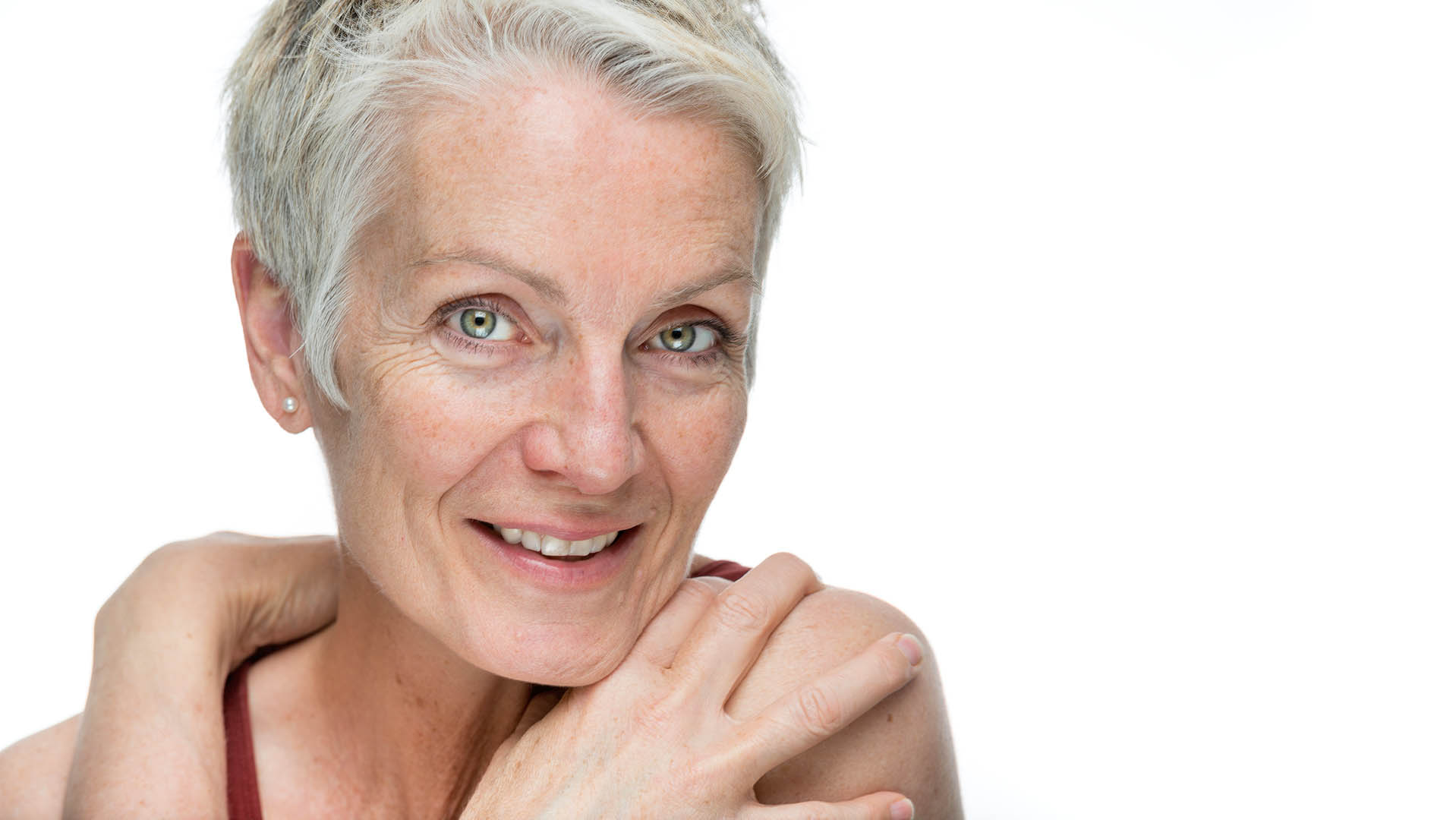





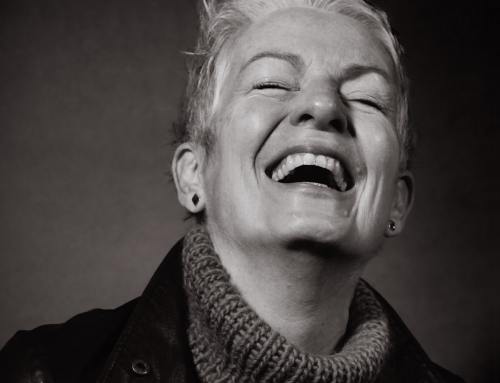
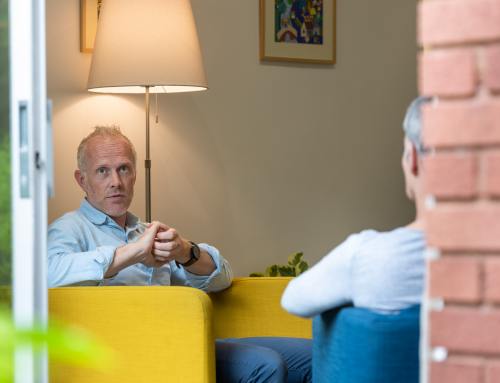
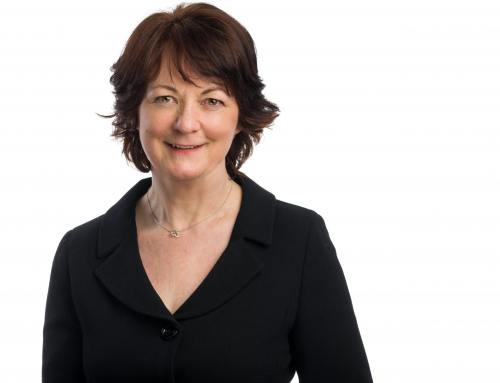
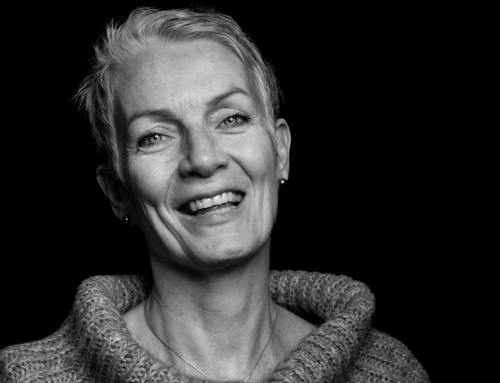
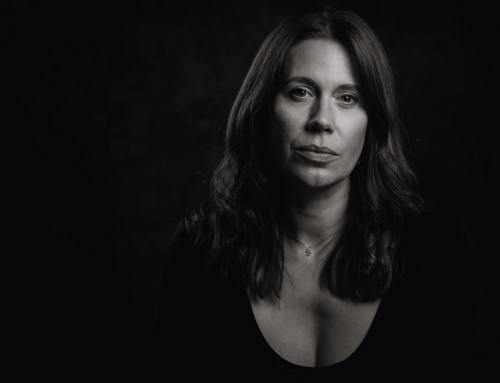
Leave A Comment